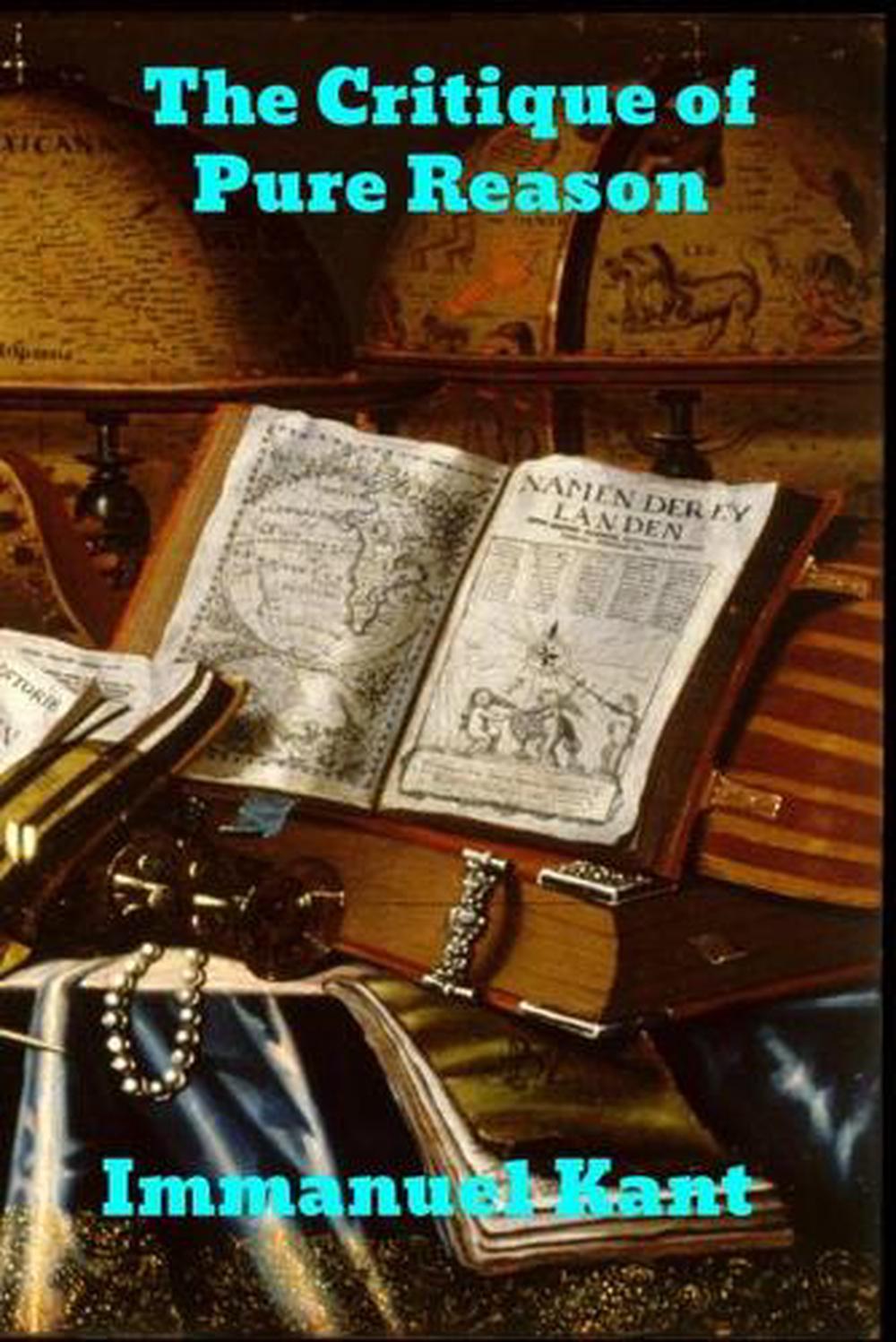

Commentators commonly distinguish between Kant’s Positive Project (PP), that is, his epistemology as laid out in the Transcendental Aesthetic and Transcendental Analytic, from his Negative Project (NP), expressed in terms of the destructive implications his epistemology has on speculative metaphysics and rational theology.

The Critique of Pure Reason inaugurated Kant’s Critical Philosophy. He is the author of _Wilfrid Sellars: Naturalism with a Normative Turn_ (2007) and _Kant’s “Critique of Pure Reason”: An Introduction and Interpretation_ (2012), and the editor of _Sellars and His Legacy_ (2016). O’Shea is Professor of Philosophy at University College Dublin. This volume will engage readers of Kant at all levels. Providing compact explanations along with cutting- edge interpretations of nearly all of the main themes and arguments in Kant’s Critique, this volume provides well-balanced arguments on such controversial topics as the interpretation of Kant’s transcendental idealism, conceptualism and nonconceptual content in perception, and the soundness of his transcendental arguments. In this Critical Guide, an international team of leading Kant scholars addresses the challenges, clarifying Kant’s basic terms and arguments and engaging with the debates that surround this central text. But it is a notoriously difficult work whose basic meaning and lasting philosophical significance are both subject to ongoing controversy. Kant’s monumental book the Critique of Pure Reason was arguably the most conceptually revolutionary work in the history of philosophy, and its impact continues to be felt throughout philosophical debates today.


 0 kommentar(er)
0 kommentar(er)
